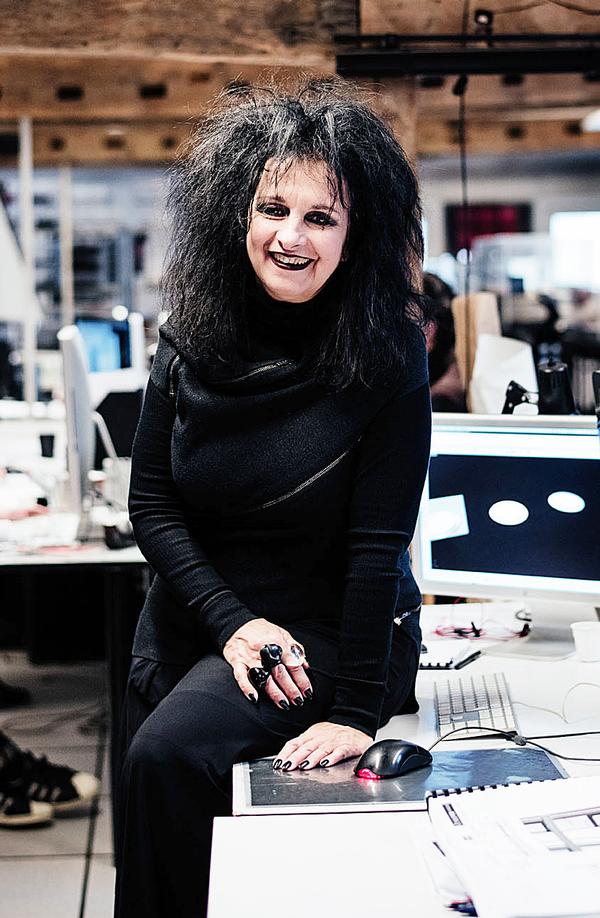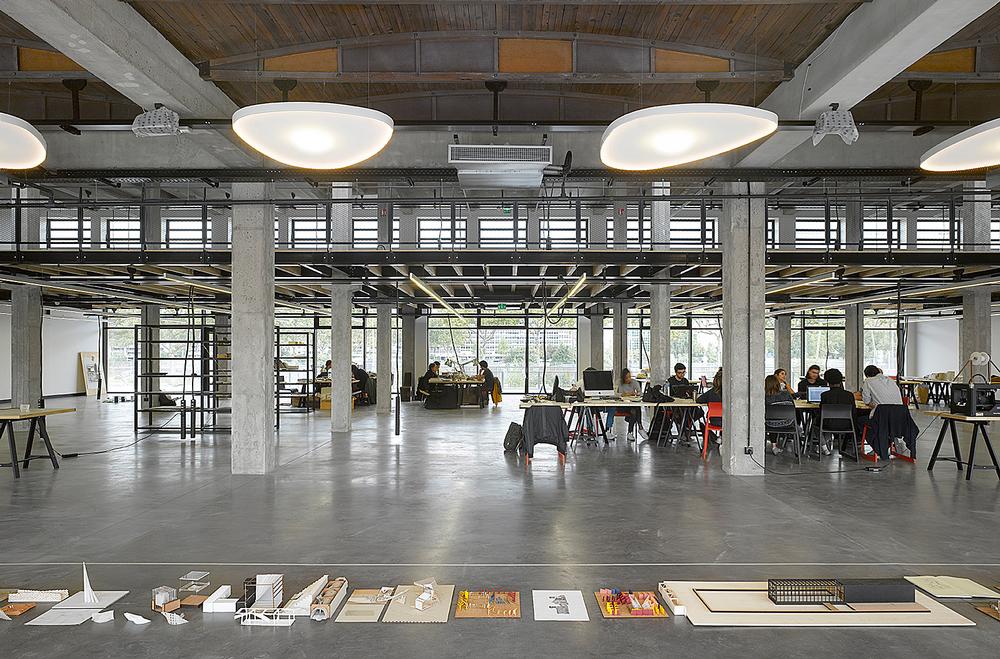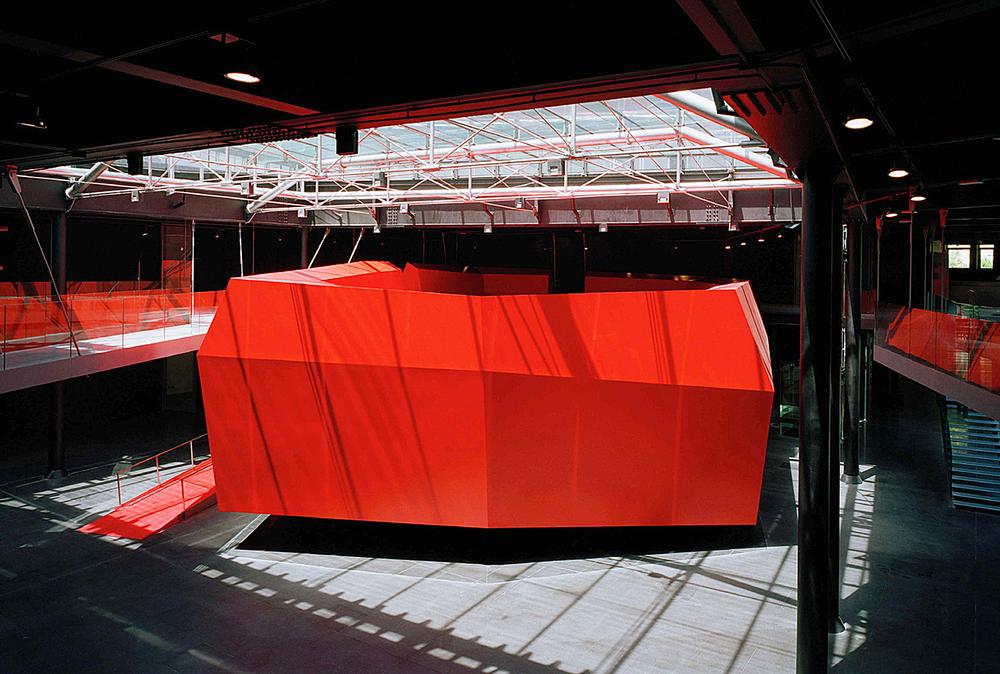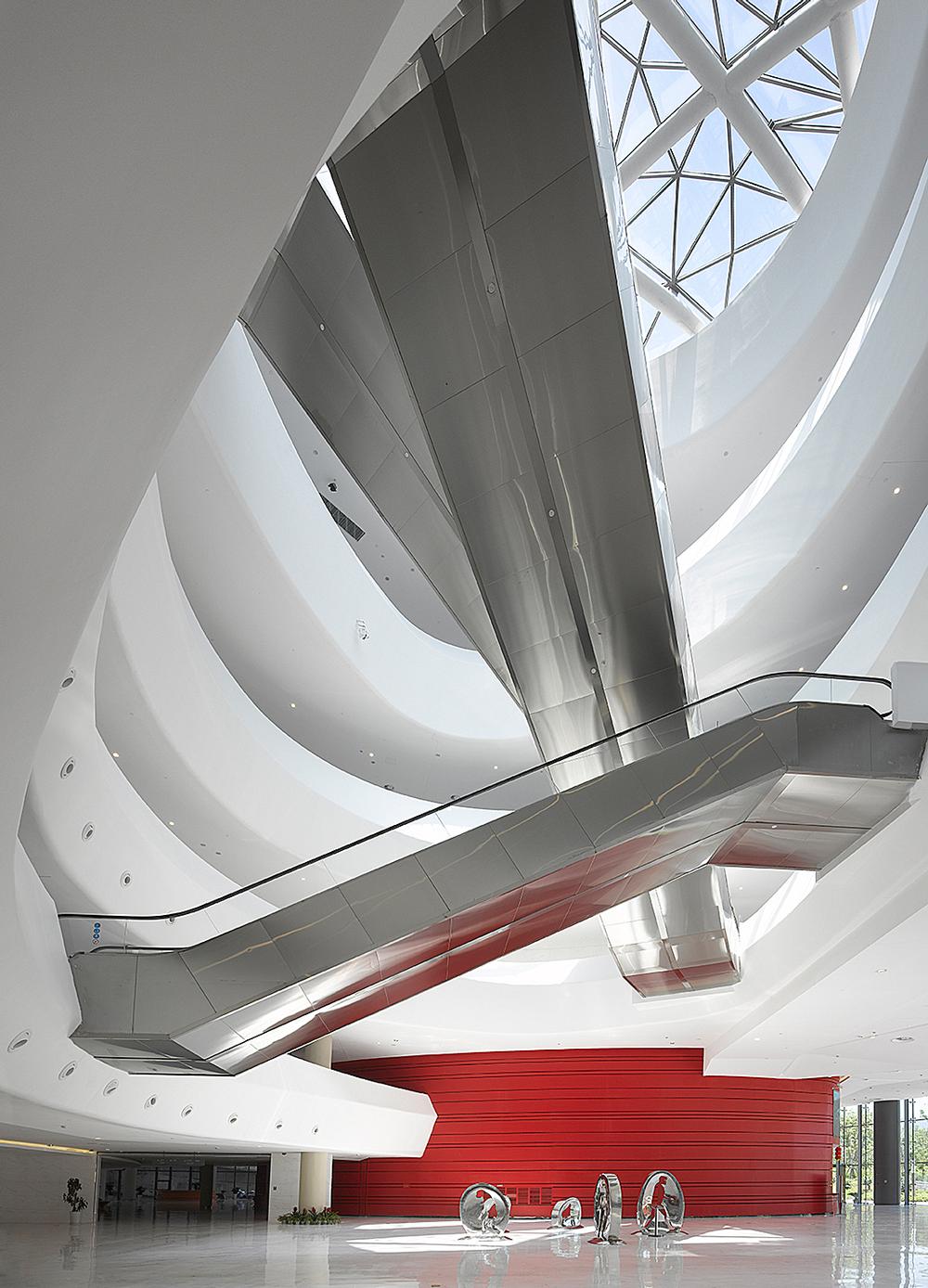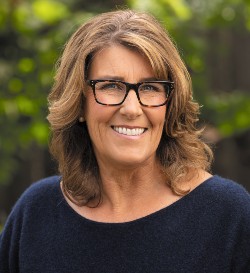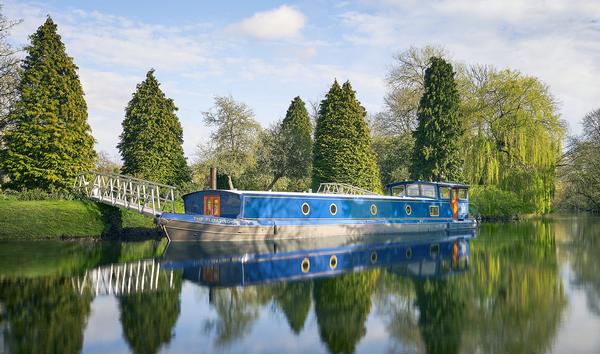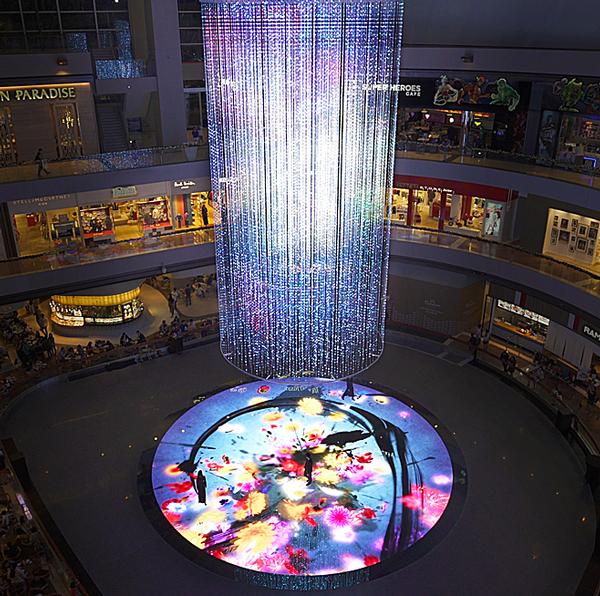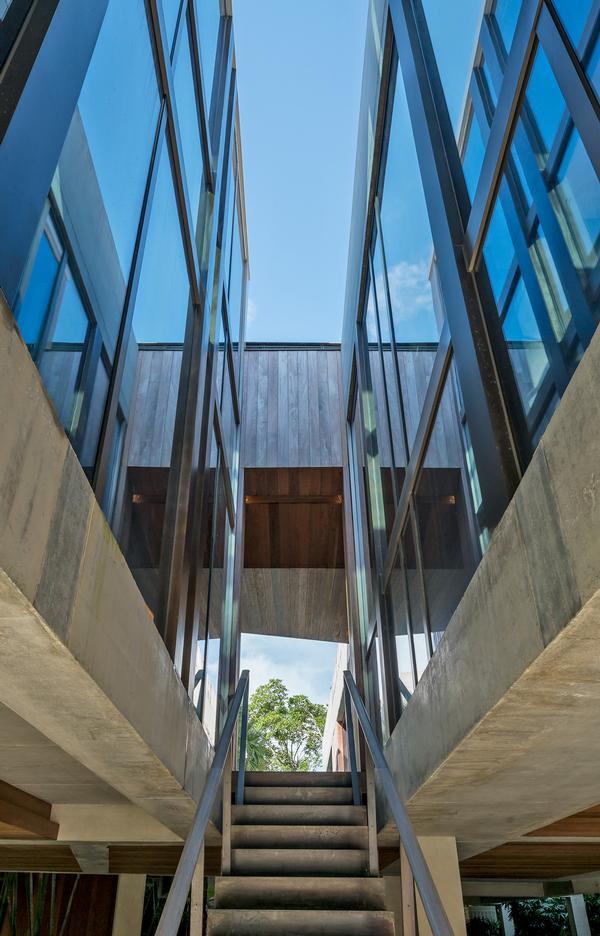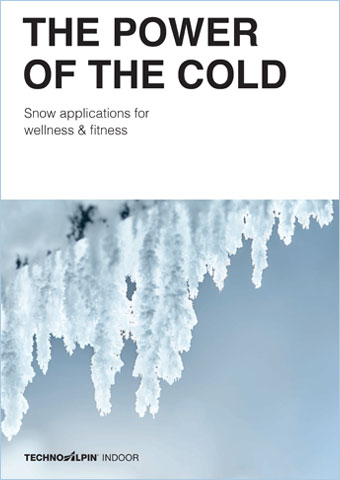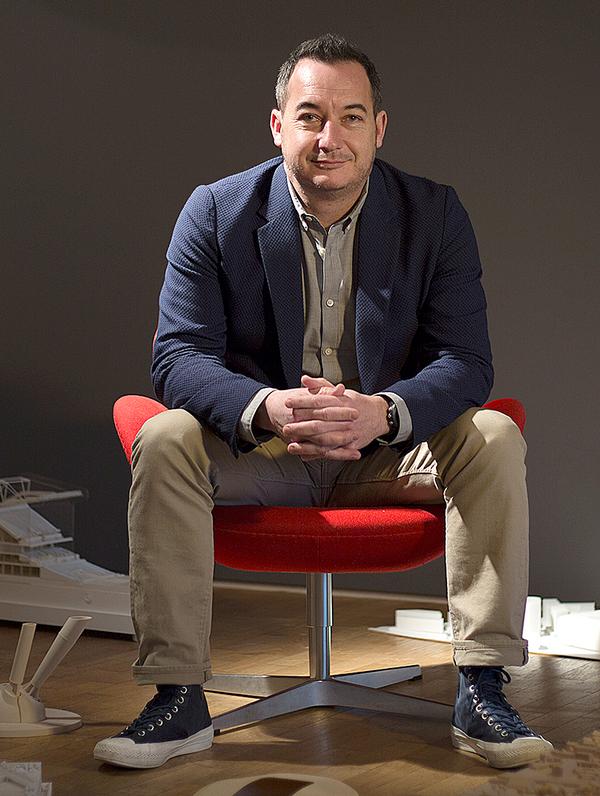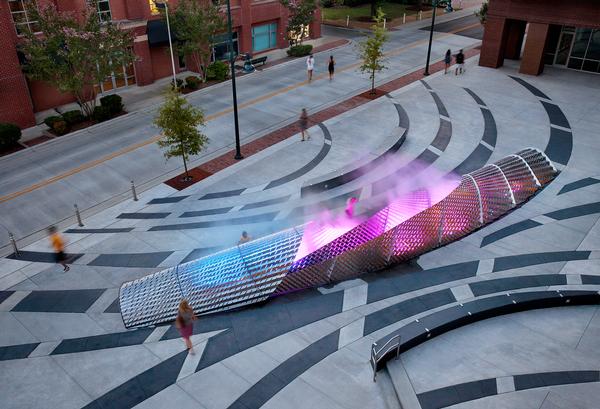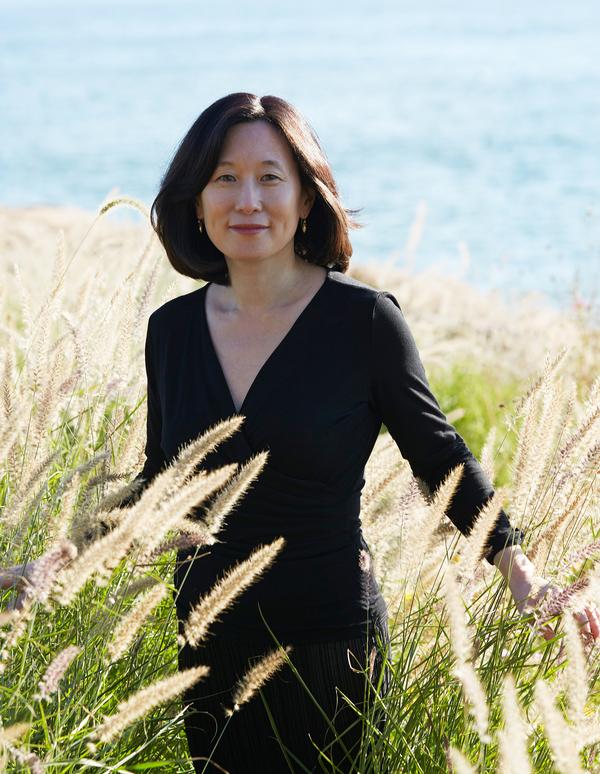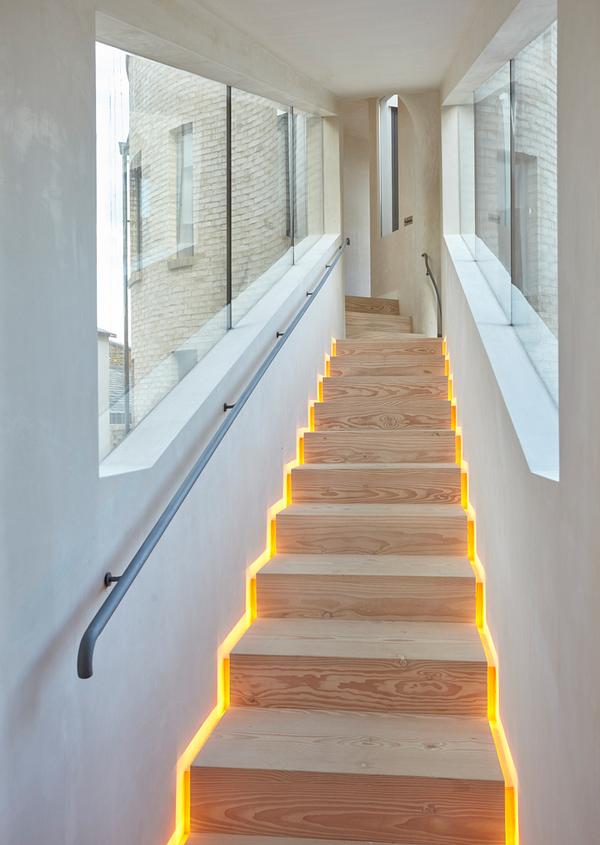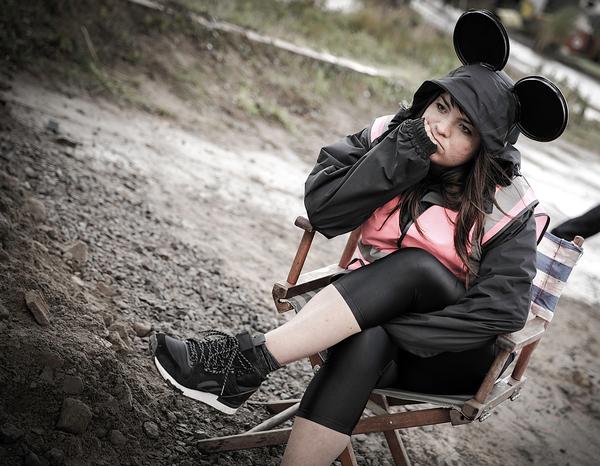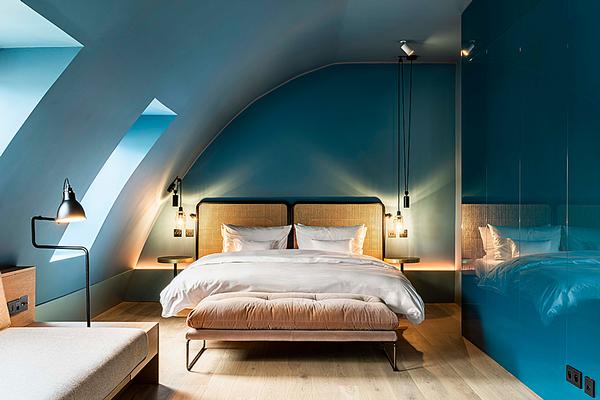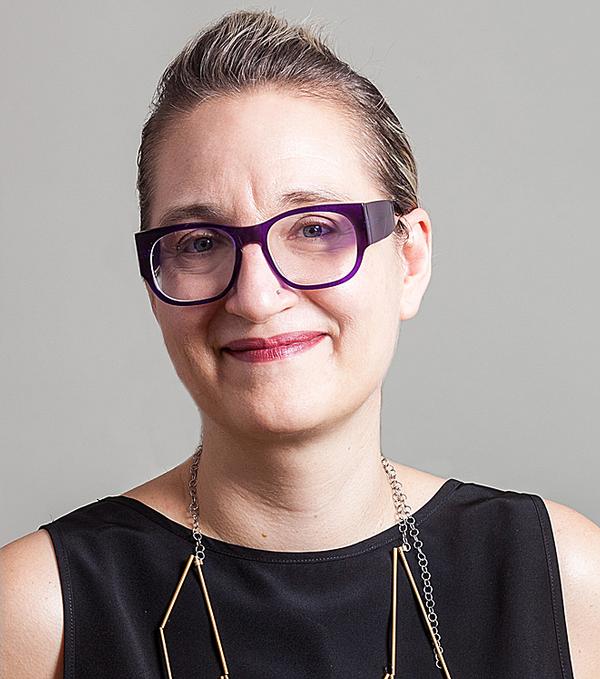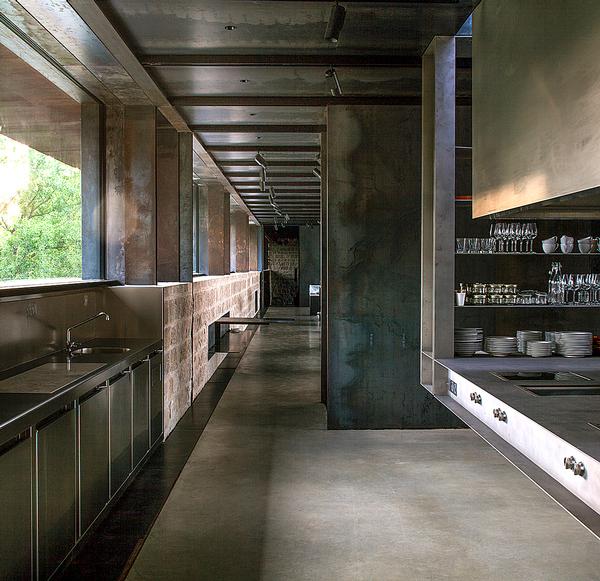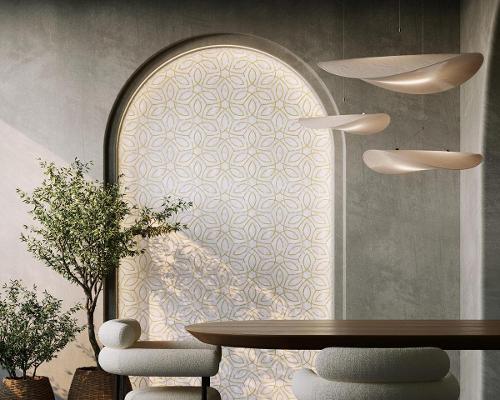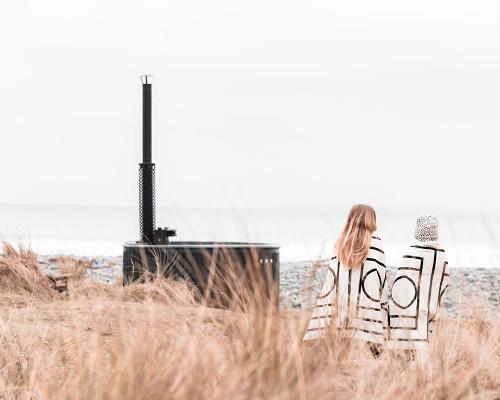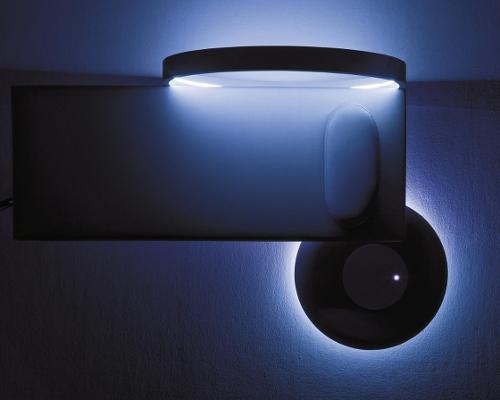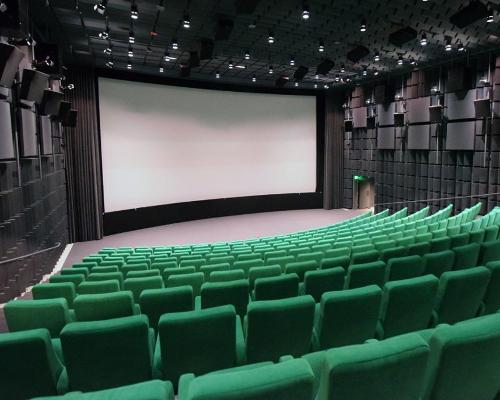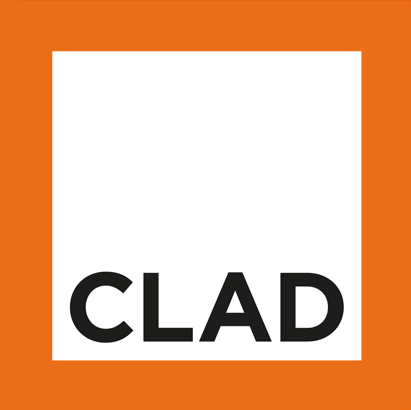CLAD people
Odile Decq
Founder Studio Odile Decq
French architect and urban planner Odile Decq has spoken to CLAD about the role of women in architecture and her concerns about the “narrow” way architecture is being taught.
In 2016, Decq won the Jane Drew Prize – part of the Women in Architecture Awards – for raising the profile of women within the profession. Recent projects include the Museum of Contemporary Art in Rome, Italy; FRAC Bretagne in Rennes, France; and the Tangshan Fangshan Geopark National Museum in Nanjing, China.
“Things have improved a little bit for women in architecture since I started out, but not enough,” she told CLAD, during an interview arranged as part of RIBA’s International Week. “There are more and more women studying architecture, but there are very few actually working in the field of architecture, particularly as leaders of architectural practices.
“It’s such an important issue. When you think about the question of creating public space, women have to use it, to feel comfortable in it. A wide range of people need to be designing spaces, because a wide range of people use spaces.”
Decq also spoke about her views on the need for more freedom in the way architecture is taught.
In 2014, Decq opened an international architecture school in Lyon, France, mixing architectural teachings with other disciplines including physics, sociology, neuroscience and the visual arts. The Confluence Institute for Innovation and Creative Strategies in Architecture is based in a 2,200sq m Odile Decq-designed building in Lyon’s former docking area.
“I believe in teaching architecture alongside lots of other disciplines, because that’s how it was taught 100 years ago – a wide open mind was encouraged,” said Decq. “Today architectural teaching has become narrower, more professional, and ill-adapted to change.
“This has led to architects who are trained to think about buildings as products. A building is not a product, it’s a place for people, for living, for society, for ‘leisuring’.
“Architecture is a way of thinking and acting in the world. We need to integrate many disciplines, to propose solutions for the world.”
Tom Walker explores the story behind Tottenham Hotspur’s groundbreaking new football stadium



